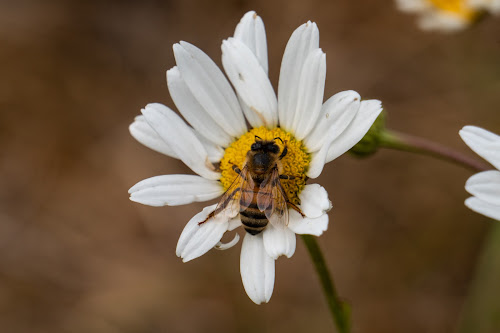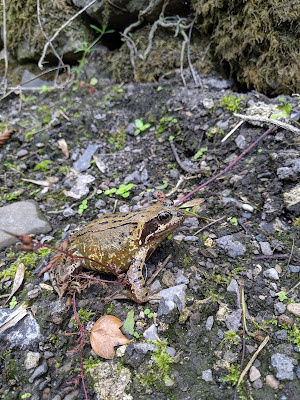Humble Bumble ID

As you've seen in previous posts I've picked up a new hobby, wildlife photography. It is so much fun, especially since I picked up an extension tube so I could get better close ups of even the smaller creatures out there. Being the beginning of summer and the weather being hot and sunny I've had great opportunities to practice. Mainly all the little bumbles, they've been helping me out the most. Therefore I've decided to show you guys my favourites so far. Maybe try and identify a few as well, as usual please let me know if you think I'm incorrect or if you have some tips and tricks when it comes to taking bumble photos! The first few are my latest progress which you can tell as they're a bit sharper. Also if someone could tell me what the bell shaped flower is as well I'd be really grateful, can't seem to find it online! The bees seem to love it! Common Carder Bee (Bombus pascuorum) White Tailed Bumblebee (Bombus lucorum) Tree Bumblebee (Bombus hy...




